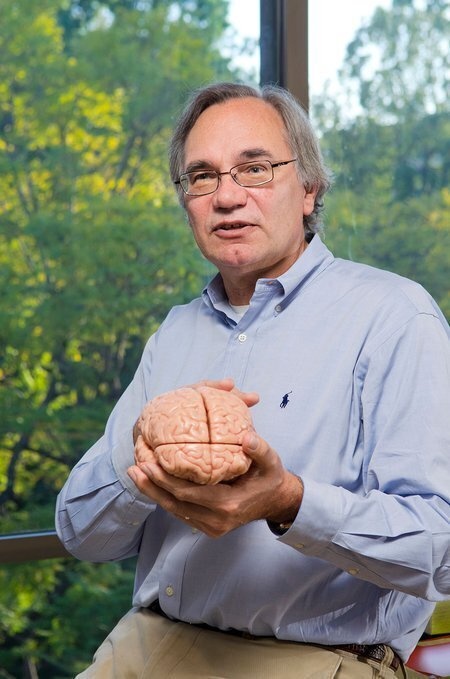
Quest Seminar Series: Prof. Richard Andersen
Description
As the James G. Boswell Professor of Neuroscience and the PI of the Andersen Lab at CalTech, Prof. Richard Andersen researches visual physiology, specifically translational research to humans in the field of neuroprosthetics, brain-computer interfaces, and cortical repair. The Andersen Lab examines decision-making, stages in motor planning, sensory-guided movements and motion perception.
Title: From Thought to Movement: Helping Paralyzed People with Brain-Machine Interfaces
Abstract: Tetraplegia, the loss of movement and feeling in all four limbs, can result from spinal cord injuries at the level of the neck. Brain-machine interfaces (BMIs) can help people with tetraplegia by allowing them to control assistive devices with their thoughts. A BMI consists of arrays of tiny electrodes that can record the activity of large numbers of cortical neurons and provide electrical stimulation to restore the sense of touch. The Andersen Lab has implanted arrays in a variety of specialized cortical areas rather than just the motor cortex. Using this approach, we can explore the science of how these areas process sensory and motor information and apply that knowledge to developing neural prosthetics. The lab has found that small patches of the posterior parietal cortex (PPC), a sensorimotor association cortical area, encodes preconsciously the intended actions of all parts of the body. Among its more sensory and cognitive functions, PPC encodes the awareness of touch, internal speech, and the observation of others. Lastly, Prof. Andersen will show a neural prosthetic application in which bimanual brain control is used in a real environment in which a participant drives a commercial vehicle.

